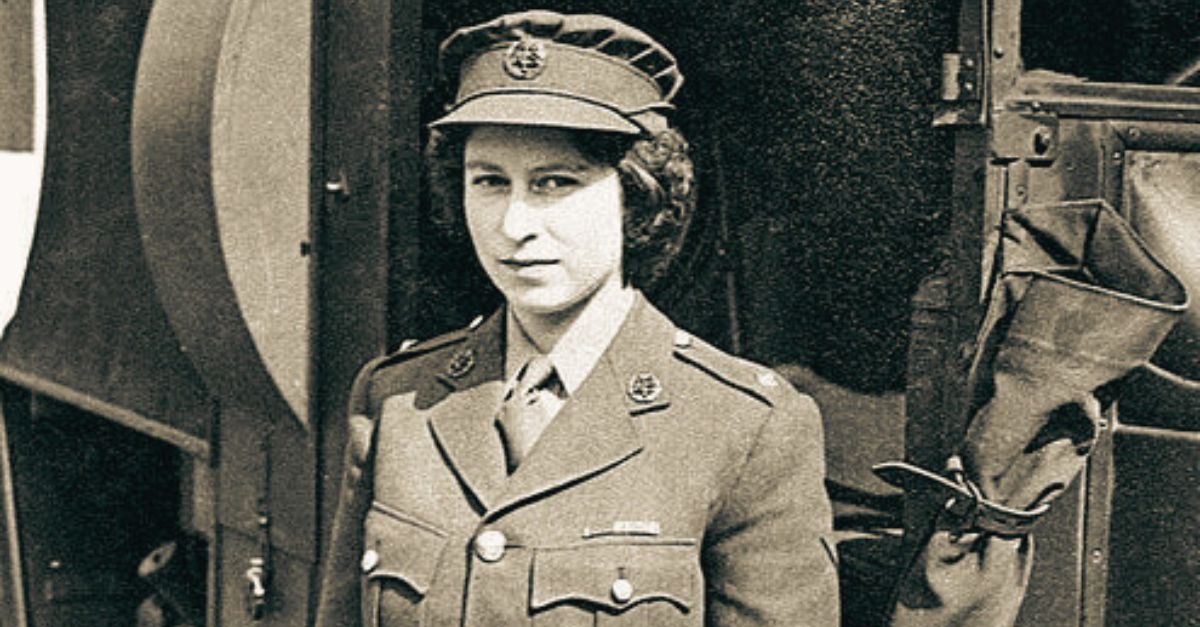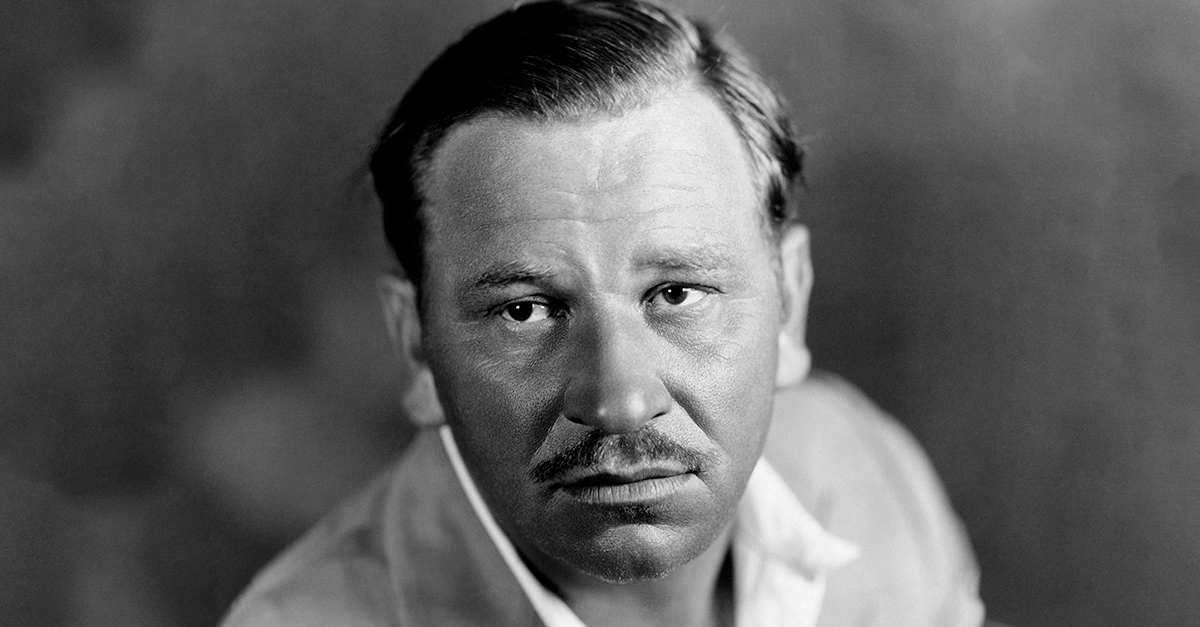Breaking Royal Rules
Royal privilege meant nothing to the engines she repaired. Princess Elizabeth surprised the world by trading tiaras for wrenches and becoming Britain's unlikeliest truck mechanic. This chapter set the stage for an extraordinary reign.

Royal Birth
The future queen arrived with little fanfare on April 21, 1926, at her maternal grandparents' London townhouse. Born third in line to the throne, Elizabeth Alexandra Mary Windsor wasn't expected to become monarch as her father was merely the Duke of York, second son of King George V.
 Image uncredited on the cover of Time Magazine, Wikimedia Commons
Image uncredited on the cover of Time Magazine, Wikimedia Commons
Privileged Childhood
"Lilibet," as she was affectionately nicknamed, enjoyed an unusually secure childhood for a royal of her generation. Unlike her father, who had suffered under strict Victorian tutors, Elizabeth received her education at home from governesses in a nurturing environment.
 Unknown authorUnknown author, Wikimedia Commons
Unknown authorUnknown author, Wikimedia Commons
Constitutional Crisis
Everything changed dramatically when Elizabeth was just ten years old. Her uncle, King Edward VIII's, abdication in December 1936 to marry Wallis Simpson, suddenly thrust Elizabeth's father onto the throne as King George VI. Overnight, the princess became heir presumptive to the British throne.
 Arthur Stockdale Cope, Wikimedia Commons
Arthur Stockdale Cope, Wikimedia Commons
Wartime Britain
During the Blitz, the royal family symbolized Britain's resilience. Teenage Elizabeth and her sister Margaret were sent to Windsor Castle for safety in 1940. Though protected behind castle walls, the princess grew increasingly frustrated watching her countrymen contribute to the war effort while she remained sheltered.
 Allen, E E (Lt), Royal Navy official photographer, Wikimedia Commons
Allen, E E (Lt), Royal Navy official photographer, Wikimedia Commons
Voluntary Enlistment
"I want to do my bit," insisted the 18-year-old princess to her father in early 1945. Her determination to serve alongside ordinary citizens reflected a genuine patriotism that would define her future reign. The battle was turning in the Allies' favor, but Princess Elizabeth refused to sit on the sidelines.
 William George Horton, Wikimedia Commons
William George Horton, Wikimedia Commons
Parental Resistance
King George VI initially rejected his daughter's plea. How could the heir to the British throne possibly serve in uniform? The very suggestion broke centuries of royal protocol. Yet Elizabeth's persistence wore down her father's resistance over months of debate. Her unwavering commitment to service ultimately convinced the reluctant monarch.
 Probably Hugh Cecil, Wikimedia Commons
Probably Hugh Cecil, Wikimedia Commons
Historic Precedent
The significance of Elizabeth's military service echoed far beyond the palace gates. No female royal had ever joined the armed forces before February 1945, when the princess finally received permission to enlist. Winston Churchill's daughter Mary had already joined the ATS, providing a notable precedent that helped make Elizabeth's case.
 British Government, Wikimedia Commons
British Government, Wikimedia Commons
ATS Induction
February 1945 marked her official entry into the Auxiliary Territorial Service, where women served in non-combat roles supporting the conflict effort. Elizabeth joined as a subaltern, equivalent to a second lieutenant, beginning her service with characteristic humility. She deliberately avoided special treatment where possible.
 Ministry of Information official photographer, Wikimedia Commons
Ministry of Information official photographer, Wikimedia Commons
Service Number
Every uniformed service member receives an identification number, and Elizabeth was no exception. As recruit No 230873, she temporarily set aside her royal identity to become simply another servicewoman. The press, fascinated by this unusual development, quickly dubbed her “Princess Auto Mechanic”.
 Unknown authorUnknown author, Wikimedia Commons
Unknown authorUnknown author, Wikimedia Commons
Training Begins
Elizabeth's mechanical aptitude surprised her instructors at the ATS training center in Camberley, Surrey. The princess approached her training with genuine enthusiasm, eager to master practical skills that were completely foreign to her privileged upbringing. She experienced hours of training filled with mechanical theory.
 Official photographer, Wikimedia Commons
Official photographer, Wikimedia Commons
Mechanical Education
Grease under her fingernails became a point of pride for the future queen. She reportedly loved showing these marks of real labor to friends and family. The six-week training program taught Elizabeth to disassemble engines, perform repairs, and understand the mechanical systems that powered military vehicles.
 Queen Elizabeth: The Mechanic - Aiding The War Effort | War Archives by War Archives
Queen Elizabeth: The Mechanic - Aiding The War Effort | War Archives by War Archives
Engine Expertise
Taking apart and rebuilding engines became second nature to the princess during her intensive mechanical training. The skills she developed while working with military truck engines stayed with her throughout her life, informing her passion for automobiles and providing a practical understanding of mechanics.
 PRINCESS ELIZABETH IN WORLD WAR II by British Movietone
PRINCESS ELIZABETH IN WORLD WAR II by British Movietone
Driving Instruction
The princess mastered driving large military vehicles with remarkable ease. What many don't realize is that Elizabeth never actually held a civilian driver's license throughout her long life. Her wartime military certification exempted her from standard licensing requirements.
 Queen Elizabeth: The Mechanic - Aiding The War Effort | War Archives by War Archives
Queen Elizabeth: The Mechanic - Aiding The War Effort | War Archives by War Archives
Public Perception
Ordinary Britons felt a newfound connection to this woman in overalls. The image of her in ATS uniform, working on engines, shattered the perception of royals as distant and ceremonial figures. While explosives had fallen on Buckingham Palace just like ordinary homes, Elizabeth's voluntary service represented something more profound.
 PRINCESS ELIZABETH IN WORLD WAR II by British Movietone
PRINCESS ELIZABETH IN WORLD WAR II by British Movietone
Press Coverage
"Princess Auto Mechanic" became headline news around the world in 1945. American publications were particularly fascinated by the young royal's mechanical skills, with newspapers worldwide embracing the catchy nickname. Newspapers portrayed her service not as a publicity stunt but as a genuine commitment.
 unknown - copyright claimed by FANY but no photographer mentioned, Wikimedia Commons
unknown - copyright claimed by FANY but no photographer mentioned, Wikimedia Commons
Royal Visits
Her parents' proud inspection of their daughter's military service became a defining moment in their lives. Arriving at the training center in 1945, King George VI and Queen Elizabeth, alongside Princess Margaret, watched as their heir demonstrated vehicle maintenance skills.
 Royal Air Force official photographer, Wikimedia Commons
Royal Air Force official photographer, Wikimedia Commons
Service Completion
By the time Germany surrendered in May 1945, Elizabeth had risen to the rank of Junior Commander. She celebrated Victory in Europe (VE) Day by joining massive crowds outside Buckingham Palace, granted rare permission to mingle anonymously among jubilant Londoners.
 Kameramann des Special Film Project 186 der United States Army Air Forces (USAAF), Wikimedia Commons
Kameramann des Special Film Project 186 der United States Army Air Forces (USAAF), Wikimedia Commons
Post-War Impact
Her mechanical training proved unexpectedly valuable in her personal life. The Queen maintained her driving skills throughout her reign, famously taking Saudi Arabia’s Crown Prince Abdullah for a memorable ride in a Land Rover in 1998, which was a notable diplomatic encounter.
 PH1 DEWAYNE B. SMITH, Wikimedia Commons
PH1 DEWAYNE B. SMITH, Wikimedia Commons
Coronation Journey
When she finally ascended the throne in 1952 following her father's demise, Elizabeth was just 25 years old. Surely, the discipline, practical knowledge, and understanding of ordinary life gained during her ATS service provided unexpected preparation for her new role.
 Cecil Beaton, Wikimedia Commons
Cecil Beaton, Wikimedia Commons
Driving Passion
Apparently, palace staff noted her tendency to inspect engine problems personally on her royal vehicles, occasionally surprising mechanics with her technical observations. The queen preferred to drive her beloved Land Rovers across the rough terrain of Balmoral rather than be chauffeured.
 PRINCESS ELIZABETH IN WORLD WAR II by British Movietone
PRINCESS ELIZABETH IN WORLD WAR II by British Movietone
Technical Knowledge
It is said that she would often discuss maintenance issues with surprising technical precision. This knowledge extended beyond cars to royal transport systems like Britannia, where Elizabeth maintained an interest in engineering details that stemmed directly from her youthful mechanical education.
Royal Duty
Speaking from South Africa in 1947, she declared: “I declare before you all that my whole life, whether it be long or short, shall be devoted to your service”. This commitment, often quoted throughout her reign, reflected the ethos first demonstrated during her time in the ATS.
 Yousuf Karsh, Wikimedia Commons
Yousuf Karsh, Wikimedia Commons
Long Reign
No British monarch has ever served longer than Elizabeth II's remarkable 70 years. Historical context makes this achievement even more extraordinary as she outlasted 15 prime ministers, 14 US presidents, and witnessed Britain's shift from imperial power to a modern nation.
 Bill Ingalls, Wikimedia Commons
Bill Ingalls, Wikimedia Commons
September Passing
On September 8, 2022, Queen Elizabeth II passed away at her beloved Balmoral estate in Scotland. Her death certificate, released later that month, simply listed "old age" as the cause—a fittingly understated end for someone whose 96 years had been characterized by quiet dignity.
 Department for Digital, Culture, Media and Sport, Wikimedia Commons
Department for Digital, Culture, Media and Sport, Wikimedia Commons








